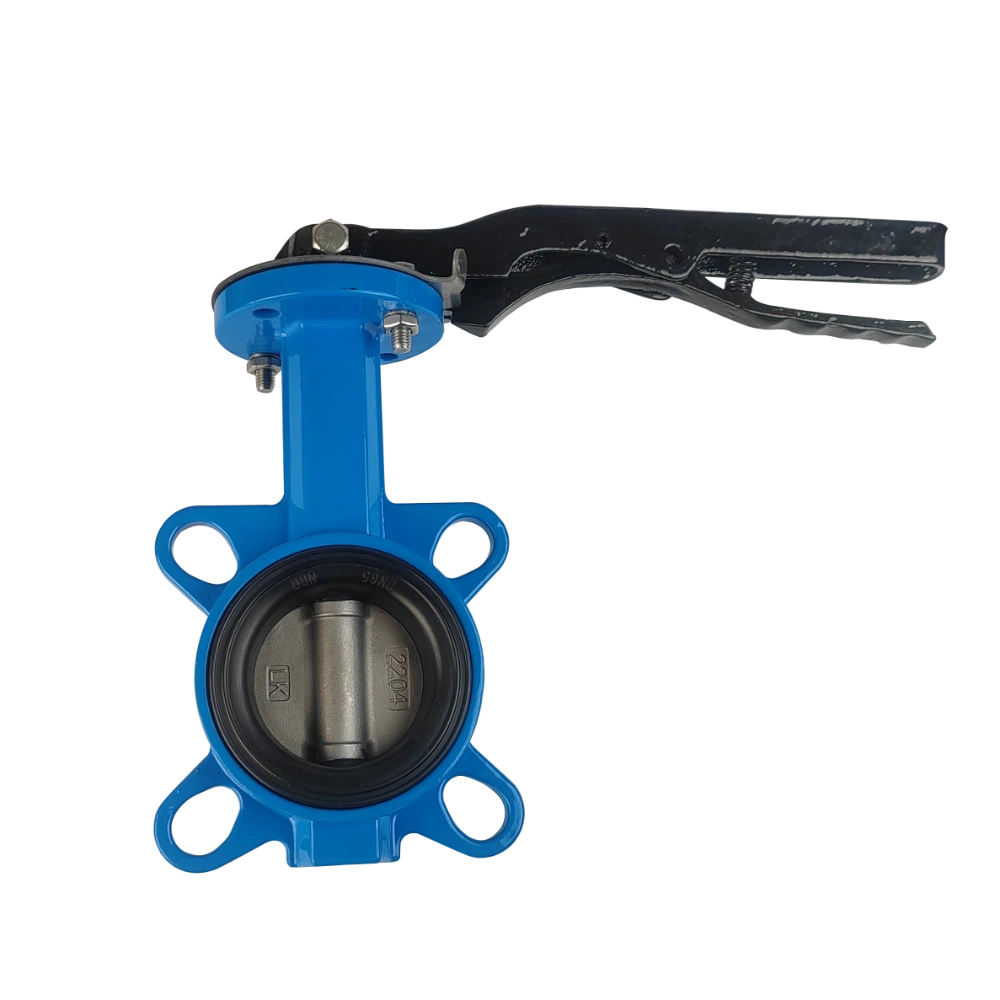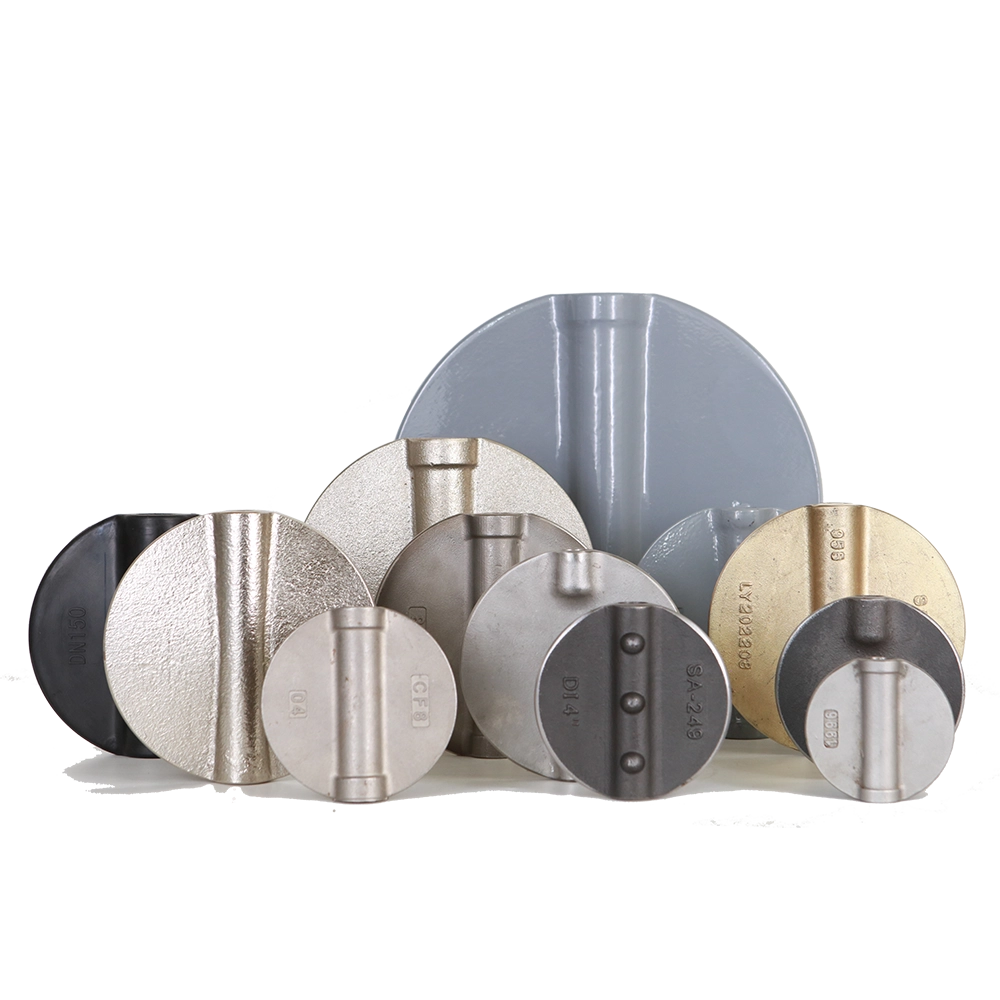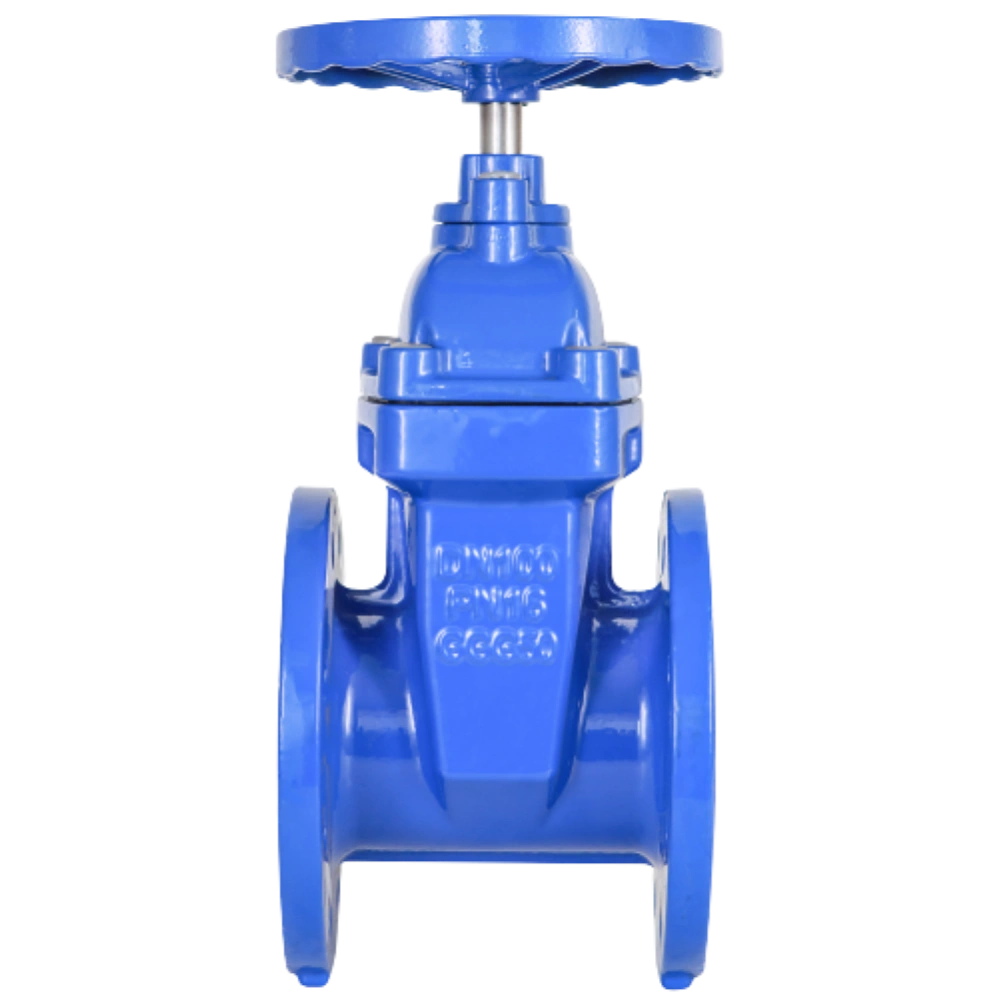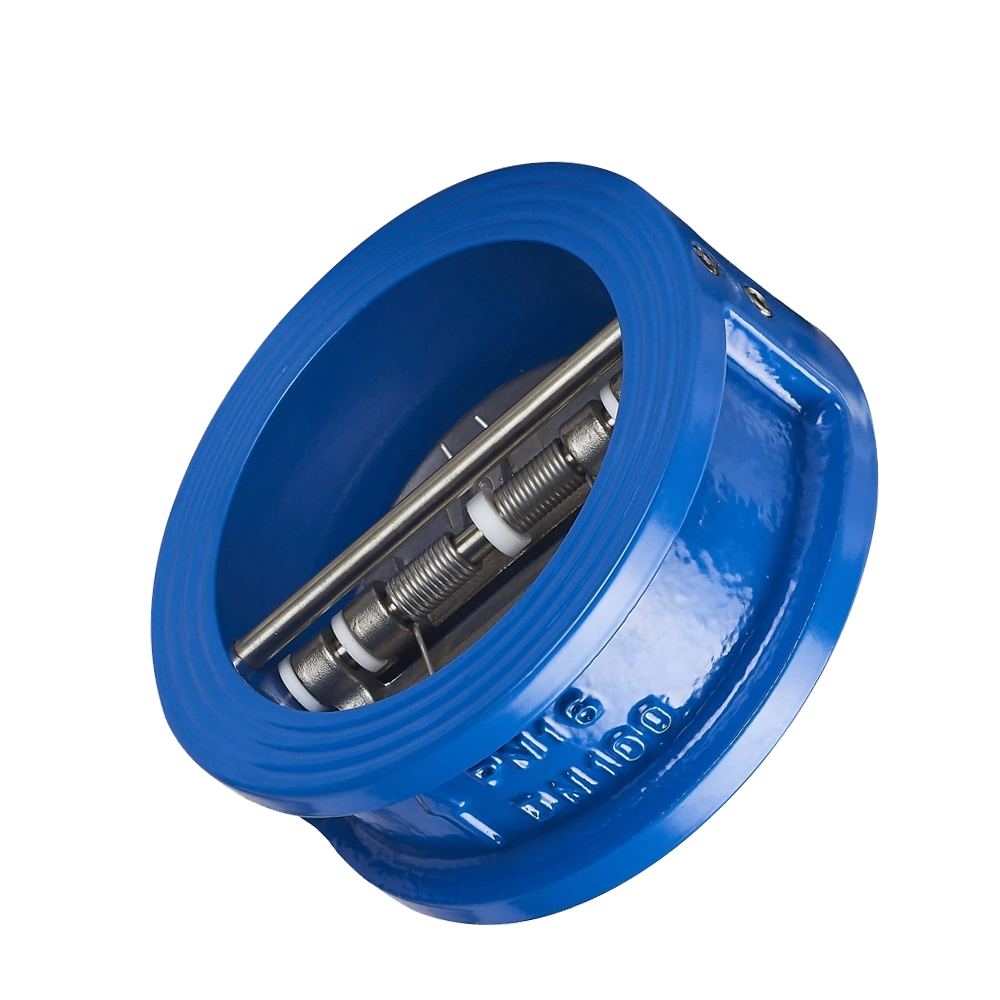Valves are essential parts of several machines and networks. They control the flow of liquids and gases. Manufacturers design the valves to perform safely by following specific standards. The valves designed under these standards are trusted globally. Understanding these standards is important before selecting valves. This blog will discuss two important valves: API 607 VS API 608. Here is an overview of the valves, key differences, and more.
Overview of API 607
API 607 sets specific rules for fire-safe valves. It ensures that valves can efficiently work when exposed to high temperatures. The main goal is to ensure the valve does not leak or stop working, especially in an emergency like a fire. These valves are essential for industries that deal with explosive or dangerous substances like oil and gas.
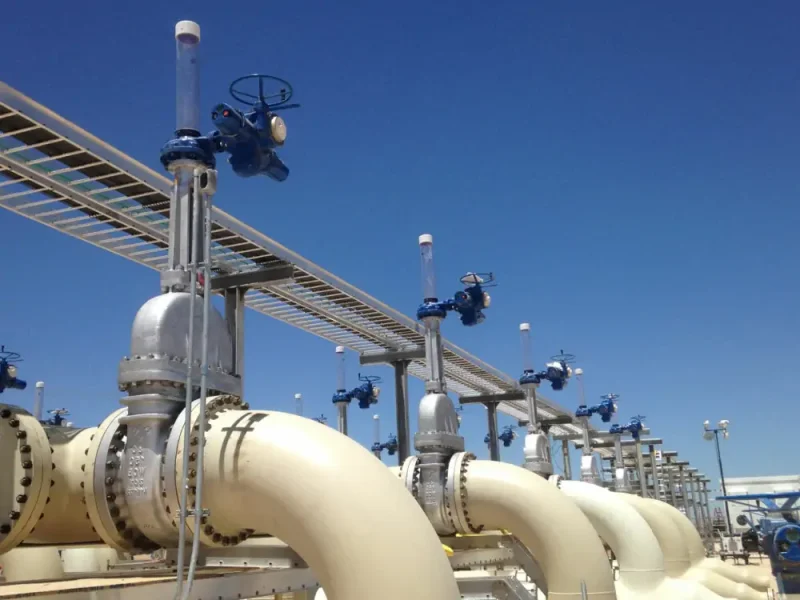
API 607 needs engineers who can test valves by uncovering them to high temperatures for a specific time. The valve must pass the test without leaking. The test will ensure the valve continues to operate properly. Engineers will easily take control of the entire situation.
Overview of API 608
API 608 is all about stainless steel ball valves. It Guarantees that valves are strong and capable of tolerating high pressures. The valves designed under the API 608 standard are highly durable and anti-corrosive. It does not focus on fire safety valves. It centers around guaranteeing that the valve fits properly in the electric power generation and chemical production sectors.
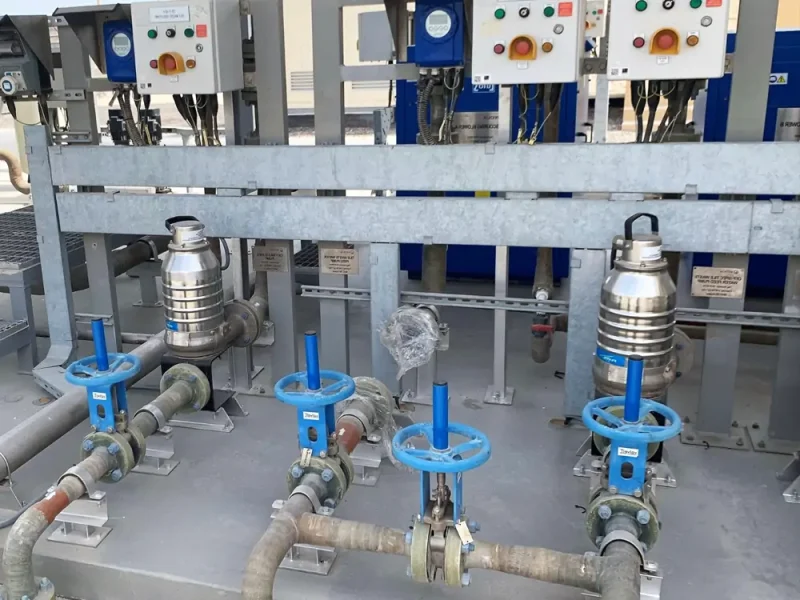
API 607 VS API 608: How They Differ in Performance and Application
Here are some of the points that will let you understand the main differences between fire safe API 607 VS API 608
1. Primary Objective
The focus is where the API 607 and API 608 most probably differ. The valve API607 is all about fire safety. It warrants that valves designed under the API 607 standard can bear high temperatures. Besides, they continue to perform without leaking during a fire. API 608, on the other hand, focuses on the performance, materials, and layout of stainless steel ball valves. It has nothing to do with fire safety.
2. Type valves covered under each valve
API 607 covers various valves, such as globe, gate, and ball valves. Each must pass the fire test to prove it is fire-safe. However, API 608 is only applicable to ball valves made of stainless steel. Unlike API 607, it does not include Other kinds of valves, such as globe or gate valves.
3. Fire Safety
API 607 is different because it involves fire safety tests. It includes the fire resistance test, which ensures that high temperatures do not affect the valve and that it is safe to use. The only condition is that it must not leak during the entire test. For API 608, there is no such kind of fire-related test. Its main focus is on how the valve operates in the usual conditions.
4. Resources Utilized
API 607 hardly focuses on specific material standards. It is more concerned with whether the valve can endure a fire than with the materials utilized in manufacturing it.API 608 is very significant in the material used to manufacture the valve. The valve must be manufactured using stainless steel, which is solid and anti-rust. The valve manufactured using the right material will last longer and easily perform under hard conditions.
5. Test for Leakage
Both standards look for leaks, but they do it differently. API 607 examines the valve for leaks after exposing it to fire. The valve cannot leak or fail during or after the fire test. API 608, on the other hand, observes leaks during regular operation. It determines whether the valve will tolerate pressure and temperature without leaking when operating under regular conditions.
6. Pressure Readings
API 607 does not bother with the pressure rating as its main concern is fire safety, not regular pressure. API 608 tackles the pressure with ease. It validates that the stainless steel ball valve can handle high pressure without any breakage.
7. Normal versus Extreme Conditions
API 607 is highly focused on harsh scenarios like fire. This valve guarantees that it will easily tolerate extreme heat and fire. API 608, on the other hand, is concerned about simple scenarios like pressure and temperature. It validates that this valve can easily work during normal use.
| Feature | API 607 | API 608 |
| Key Objective | It guarantees valves continue functioning in the instance of a fire. | It assures the reliability and long-term use of metal ball valves. |
| Type of Valve | Quarter-turn valves (such as butterfly or ball valves) that are fire-safe. | Metal ball valves are used to regulate the flow. |
| Test Temperature | Exceeds 650°C | Exceeds 650°C |
| Functionality | Ensures valves can stop the flow of dangerous fluids during a fire. | Controls the flow of liquids or gases in industrial systems. |
| Leakage Standard | It is based on ISO 5208 and emphasizes internal leakage requirements. | It sets more stringent guidelines, especially regarding external leakage. |
| Medium of test | Gas or water. | Gas or water. |
| Material Requirements | Perfect for businesses that handle flammable liquids and where fire safety is essential. | Common in businesses requiring dependable flow control under difficult conditions. |
| Examples of Use | Chemical plants, refineries, and gas pipelines. | Power generation, oil and gas pipelines, and water treatment. |
Practical uses of API 607 VS API 608 Valves
The functionality of API 607 and API 608 valves varies based on their particular features. However, they are helpful in sectors such as chemical processing or oil and gas.
Industries require API 607 valves in areas with a high risk of fire. Plants that manage flammable fluids, such as natural gas pipelines, use these valves. They are also used in systems for sudden shutdowns and firefighting. They guarantee that they can safely stop the flow of dangerous chemicals, particularly in the case of a fire.
Their ability to stand fire makes them the first choice in dangerous situations. Therefore, it reduces extra harm or unwanted accidents. Various sectors use API 608 valves for flow control. These valves control how gases or liquids move via pipe networks. For example, power stations, water treatment facilities, and natural gas pipelines frequently use them. They are best suited for handling difficult working environments. Because of their durability and endurance, they assure reliable, smooth flow control in various industrial uses.
How Do API Standards Ensure Reliable and Safe Valves?
API standards play an essential role in valves. These standards ensure valves function safely and properly in various industries, including chemicals and oil. Valves manage the movement of gases and liquids in pipelines and machinery. They must, therefore, be reliable as well as powerful. A poorly built valve has a possibility of quitting working or breaking. Result in mishaps, harm to the environment, or costly repairs. The American Petroleum Institute (API) sets rules, or standards, that ensure valve designs can resist difficult situations. These rules aid in protecting the natural environment, citizens, and machinery.
Safety is one of the main reasons API standards are important. Valves are installed in environments with high pressure or intense heat. It could remind you of pipes carrying natural gas or oil. These areas are at risk of valve failure, which might result in a leak, fire, or blast. API guidelines ensure industrial valve manufacturers test and build valves that withstand these harsh circumstances. Following these rules protects the environment and keeps workers safe.
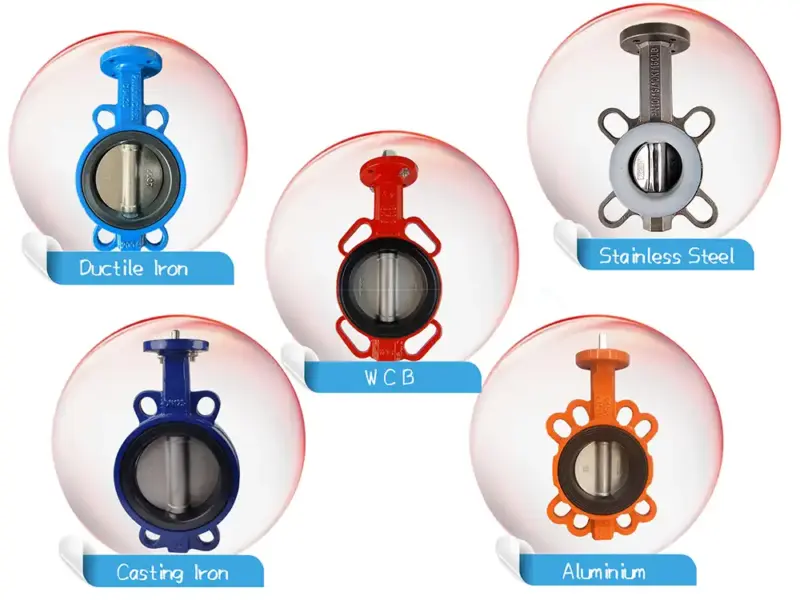
API standards are also necessary since they make valves function better and last longer. When manufacturers make valves to meet API requirements, they thoroughly verify them. These tests aim to identify how well they resist temperature changes, pressure, and damage over time. This implies that valves will function effectively and endure longer without failing. Industries benefit significantly from this since it reduces the frequency of valve repairs, saving money and time. Additionally, valves that meet API requirements are less likely to require repair.
API standards also provide connectivity between valves from various manufacturers. Valves from several manufacturers may be necessary in large systems. These API guidelines ensure that these valves will fit and function as planned. Therefore, it makes it simpler for industries to purchase and utilize valves from various manufacturers. There is no need for them to be nervous about compatibility.
Following these API standards allows businesses to comply with legal standards. Many governments have imposed strict rules requiring businesses to use safe valves that meet specific quality and safety requirements.
Conclusion
In summary, API 608 and API 607 have different but equal functions. API 607’s objective is to design fire-safe valves that can tolerate extreme heat. API 608 ensures manufacturers design metal ball valves from long-lasting materials, which can easily manage fluid control in various setups. Both standards are essential for maintaining reliability, productivity, and safety for major businesses.

